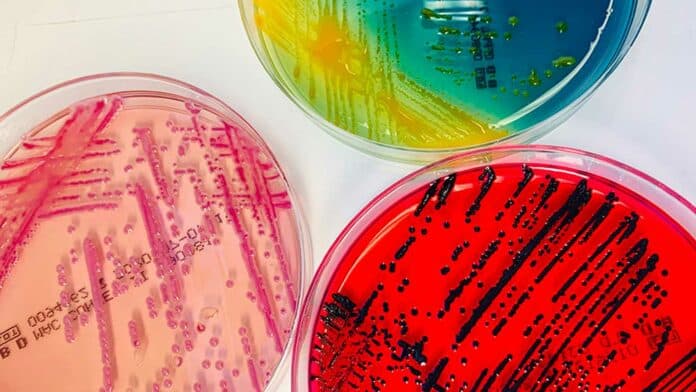Treating bacterial infections becomes more effective when the specific cause of the disease is identified. Typically, a medical laboratory analysis is sufficient to determine the pathogen. However, standard methods may need to be improved, especially when dealing with unclassified or challenging-to-culture bacterial species.
A joint effort by the University of Basel and the University Hospital Basel involved collecting and analyzing patient samples containing unknown bacteria since 2014. Through this initiative, the researchers have identified over thirty new species of bacteria, some linked to clinically significant infections.
In analyzing 61 unknown bacterial pathogens found in blood or tissue samples from patients with various medical conditions, conventional laboratory methods like mass spectroscopy or sequencing a small part of the bacterial genome were unsuccessful. To address this, the researchers adopted a method that sequences the complete genetic material of the bacteria, a technique available only in recent years. The team then used an online tool to compare the genetic sequences with known strains.
Out of the 61 bacteria examined, 35 were previously unidentified. The remaining 26 strains were deemed challenging to identify because their genome sequences had recently been added to databases or a correct taxonomic description of the pathogens had been created only newly. An assessment of patient data revealed that seven of the 35 new strains were clinically relevant, indicating their potential to cause bacterial infections in humans.
The microbiologist Dr. Daniel Goldenberger said, “Such direct links between newly identified species of bacteria and their clinical relevance have rarely been published in the past.”
“Most newly identified species belong to the Corynebacterium and Schaalia genera, both gram-positive bacilli. Many species in these two genera are found in the natural human skin microbiome and the mucosa. This is why they are frequently underestimated, and research into them is sparse. However, they can cause infections when they enter the bloodstream – due to a tumor, for example.”
One of the pathogens that proved challenging to identify may also be clinically relevant. It was discovered in the inflamed thumb of a patient following a dog bite, and a Canadian research group has isolated the same bacterium from wounds caused by dog or cat bites. Dr. Goldenberger suggests that it could be an emerging pathogen that requires monitoring. In 2022, Canadian researchers named this bacterium Vandammella animalimorsus (animal bite Vandammella).
The Basel research team is also in the process of naming their new species. Collaborating with Professor Peter Vandamme from the University of Ghent, an expert in bacteria classification, they have already named two of the bacteria. One is Pseudoclavibacter triregionum, reflecting Basel’s location near the borders of Switzerland, France, and Germany.
The project initiated by Daniel Goldenberger’s team is ongoing, and the researchers are far from completing their work. They persistently collect and sequence unknown pathogens from patient samples at the University Hospital Basel. To date, they have identified more than twenty additional new species as part of this ongoing effort.
Dr. Goldenberger said, “We have noticed a major dynamic here: thanks to technological advances in bacteriology, much more is being published about newly discovered species of bacteria. This development will make it easier in future to correctly diagnose infections caused by rare pathogens and treat them effectively from the outset.”
Journal Reference:
- Muigg, V., Seth-Smith, H.M., Adam, KM. et al. Novel Organism Verification and Analysis (NOVA) study: identification of 35 clinical isolates representing potentially novel bacterial taxa using a pipeline based on whole genome sequencing. BMC Microbiol 24, 14 (2024). DOI: 10.1186/s12866-023-03163-7
